New Zealand is a great place for hiking, with stunning landscapes and majestic scenery to reward hikers at every corner. On top of that, the infrastructure for hikers cannot get any friendlier. If you’re planning a hiking trip in New Zealand, count yourself lucky.
This humble guide will be most useful for hikers needing a quick guide on the hiking infrastructure available in New Zealand, as well as for the bright-eyed first-timers.
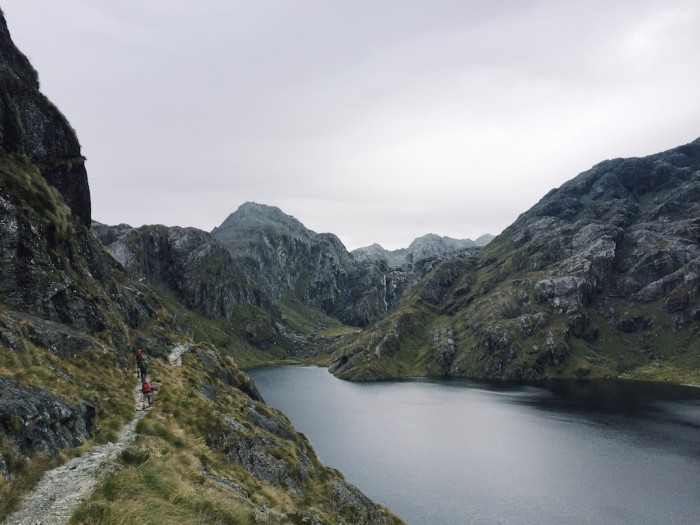
Great Walks vs. Non-Great Walks
The first thing you need to know about New Zealand is the Great Walks, which is part of the strategy undertaken to drive the eco-tourism in New Zealand. There are nine great walks in the whole of New Zealand: Tongariro Northern Circuit (Mount Doom, anyone?); Whanganui Journey and Lake Waikaremoana in the North Island; Abel Tasman, Heaphy, Routeburn, Kepler and Milford on the South Island; and Rakiura Track on Stewart Island. The Great Walks are multi-day tramps – except Whanganui which involves a canoe journey – featuring some of the most breathtaking and unique sights. The Whanganui Journey, for instance, is pretty special because it’s such a singular way to experience nature, and definitely one of the most intimate – think 2 people canoeing for 3–5 days while being perpetually flanked by majestic and uninterrupted rows of rock formations and vegetation.
The Great Walks are multi-day tramps – except Whanganui which involves a canoe journey – featuring some of the most breathtaking and unique sights. The Whanganui Journey, for instance, is pretty special because it’s such a singular way to experience nature, and definitely one of the most intimate – think two people canoeing for 3–5 days while being perpetually flanked by majestic rows of rock formations and vegetation.
In essence, the Great Walks are set in incredibly spectacular parts of New Zealand and have the lowest barriers to entry – they are easy tracks that are very well-formed and well-maintained, and does not require that much manoeuvring. Most people can do it, even the inexperienced. An eclectic mix of people of different ages is a common sight on these tracks. All the Great Walks are multi-day tramps, although from my experience, you could definitely shorten the time (and money) spent on these tracks. For example, some people actually do Routeburn (32km) in just a day. It all depends on your experience and confidence in undertaking the tracks. That said, the uninitiated could take heart in knowing that these tracks are rather foolproof and often experience high traffic, meaning it’s nearly impossible to get lost and that you’ll always have company.
Also Read: 20 Incredible Experiences You Must Have in New Zealand
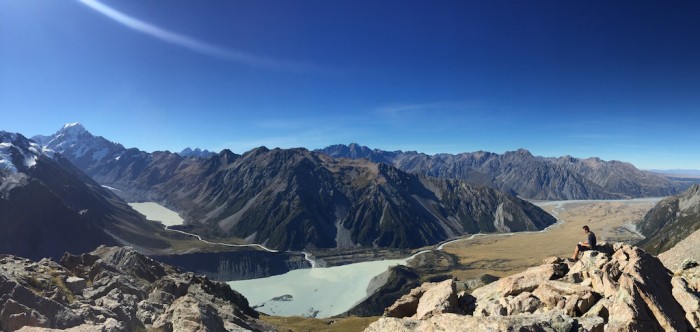
For the reasonably experienced hiker, the Great Walks would seem unsatisfying, since the paved tracks will not challenge you too much. If that is you, definitely go for some of the backcountry hikes. The name is deceptive, though, for the tracks are monitored and maintained regularly and not nearly as “backcountry” as you might think. In my opinion, the backcountry hikes are no less phenomenal (perhaps occasionally more rewarding) than those of the Great Walks.
These hikes range from day hikes/short walks to multi-day tramps, and so do their difficulty. These hikes could feature well-formed tracks, akin to the Great Walks, or are simply marked by route markers. These treks are meant for the advanced or expert hikes, as it requires a decent level of navigational skills, good stamina, and occasionally warrants careful manoeuvring. If you are reasonably fit, tackle some of these hikes because they are absolutely stunning. Some of my favourite hikes are in fact the non-Great Walks tracks: Nelson Lakes’ Travers-Sabine Circuit, Mount Cook’s Mueller Hut route, Arthur’s Pass’ Avalanche Peak and Cascade Saddle at Mount Aspiring.
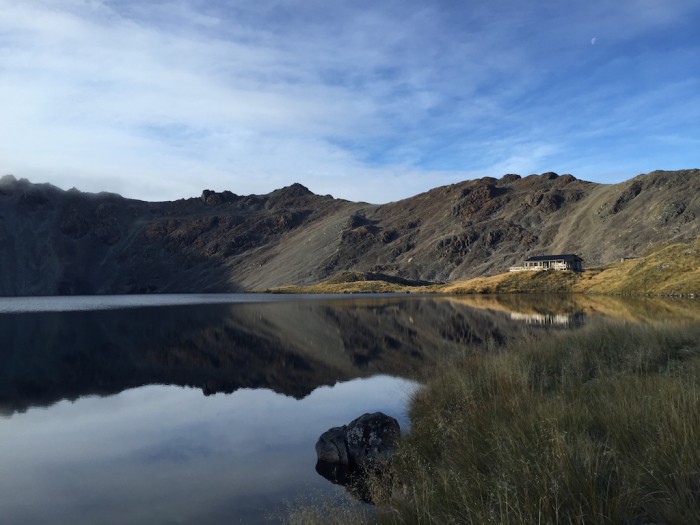
Department of Conservation (DOC)
In New Zealand, conservation is huge. If you have ever attempted to enter New Zealand with your hiking gear, you’ll know – they’ll check your hiking boots and pull open your tent to check for possible substances that would contaminate or impinge on the biodiversity.
In the same tenor, the Department of Conservation’s (DOC) scrupulousness is also manifested in their commitment to make nature accessible. DOC runs fantastic facilities and provides an abundance of information on everything you will need to know to undertake any hike: track description, distances, duration, available huts or campsites, suggested itinerary, updated alerts, weather information (provided by MetService), track specific pack list, etc.
Apart from the information available online, you can also check with crew at the DOC visitor centres before any hike – especially for the backcountry hikes – with regards to the weather (they set up equipment to track the live conditions at different locations of the national park), or any advisory notes (e.g. track damages) which are sometimes not yet updated online. The crew also gives great advice and can assist you in planning a multi-day tramp.
It is perhaps good to know that DOC tends to be conservative and perhaps overly protective. They would advise you against any hikes that might be potentially hazardous and give you a longer estimate for the duration of hikes (a fairly fit individual would be able to complete the tracks well under the estimated timings). But ultimately, it all helps to cater for the worst-case scenario, giving you enough wriggle room should any contingency occur.
Also read: Singaporean’s Guide to Having a Working Holiday in New Zealand
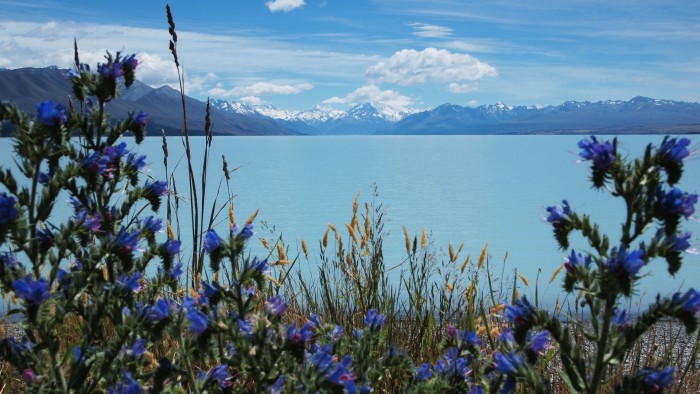
Track transport
In my opinion, usually the most cost-efficient mode of transport to get to the trailhead is by car, and if you are adventurous, hitch-hiking. Although track transport is available, they are not all-encompassing or extensive, and are limited to the most popular hikes such as the Great Walks. Besides, prices for these services are pretty exorbitant for the regular backpacker.
That said, service companies like Tracknet or Trek Express do provide transport should you need them. The quickest way would be to simply head to any i-SITE or DOC visitor centre and enquire about the available transport companies for the particular hikes that you are undertaking. Some of these companies link up with gear rental companies (like Bev’s Tramping Gear Hire) or outdoor stores to provide rental services for any equipment you might need, such as portable stoves, pots and hiking sticks. This serves as a great alternative for people who are only in New Zealand for a short getaway and find it too much of a hassle to bring their own.
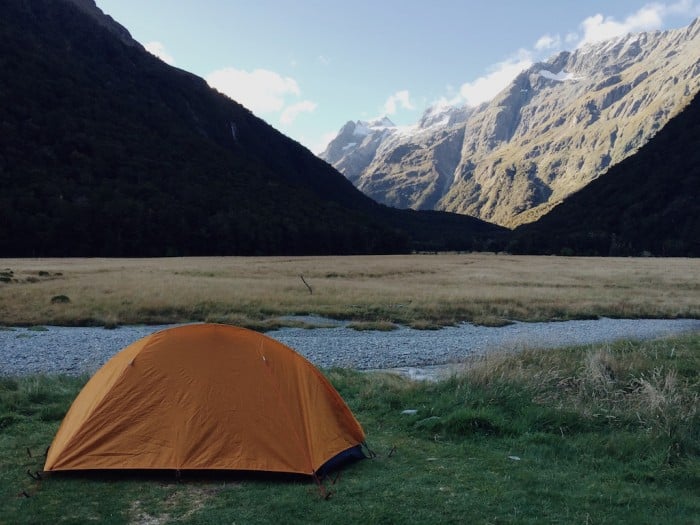
Accommodation
Although no one is expecting to be dazzled by the accommodation while hiking, there are reasons to be impressed with the facilities of the huts in New Zealand. There are about four categories of huts: basic (free), standard ($5), serviced ($15) and Great Walk huts (priced accordingly). The services available vary accordingly: basic huts have limited facilities (possibly just bunks without mattresses); standard huts would have mattresses, water supply, toilets (expect pit toilets) and wood heating; serviced huts would have the facilities of a standard hut and maybe with fuel heating, handwashing facilities and cooking facilities; Great Walk huts are the most comprehensive and it includes all the services you would get at a serviced hut plus also hut wardens.
While that is the general description, facilities vary from hut to hut even among the same category, and it is important to check the facilities available for the specific huts you intend to stay in. For me, most crucial factors I look into are the availability of heating and cooking facilities. If you have a tent, you might be able to camp near the huts for a small fee (about $5 for the serviced hut). It is cheaper and gives you access to some facilities, but this is only advisable in summer and autumn unless you are prepared for harsh weather. Besides, the some of the paid huts are free through winter. This is, however, not applicable for the Great Walks where campsites will have to be booked separately.
For the Great Walks campsites and huts, as well as the serviced huts, you will need to book in advance, either online or at a DOC visitor centre. Most backcountry huts operate on a first-come-first-served basis where you have to pre-purchase generic hut tickets (which you will place in the honesty box) or use your backcountry hut pass when you stay. Extended information on hut tickets and payment can be found here. If you are intending to do plenty of backcountry hikes, it is a good idea to purchase the Backcountry Hut Pass, which gives you unlimited use of Standard and most Serviced huts.
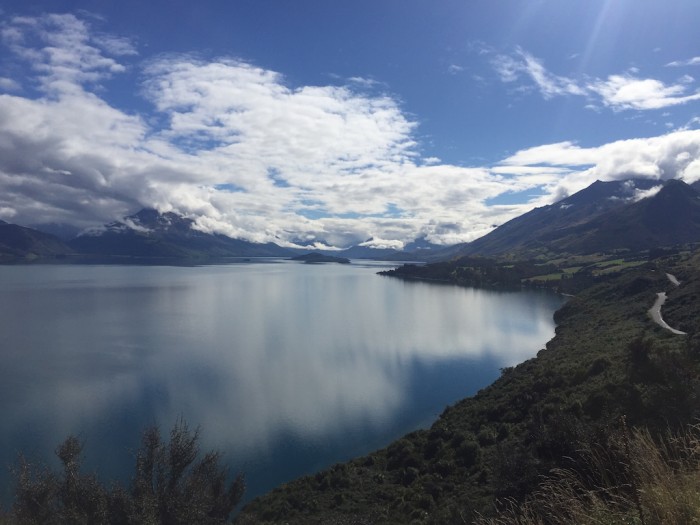
Also Read: 15 Things to Do in New Zealand’s South Island
The hiking infrastructure in New Zealand is extensive and extremely user-friendly. I think anyone who has been to New Zealand would tell you about the ease of which they were able to execute their hikes. You don’t need to be a hardcore mountain climber to access New Zealand’s natural landscapes – everything you need to know is within grasp, and this should be the most compelling reason for anyone to take on the kiwi wilderness.





